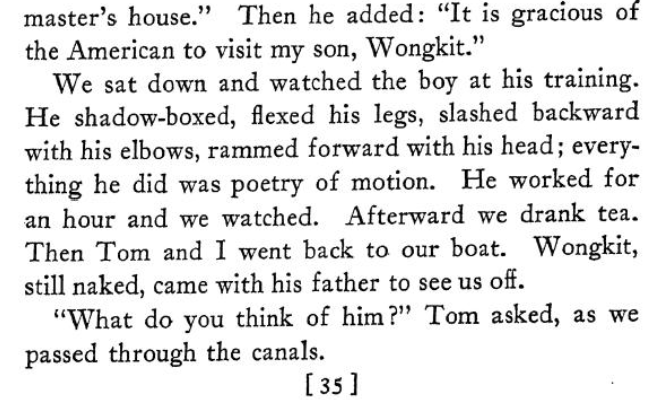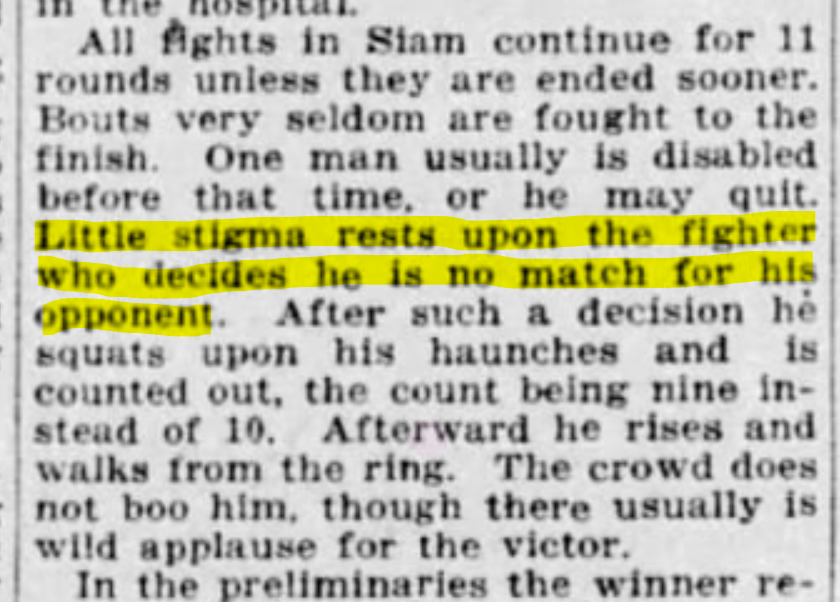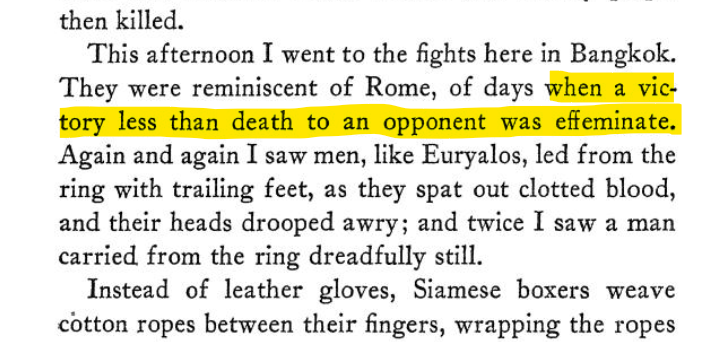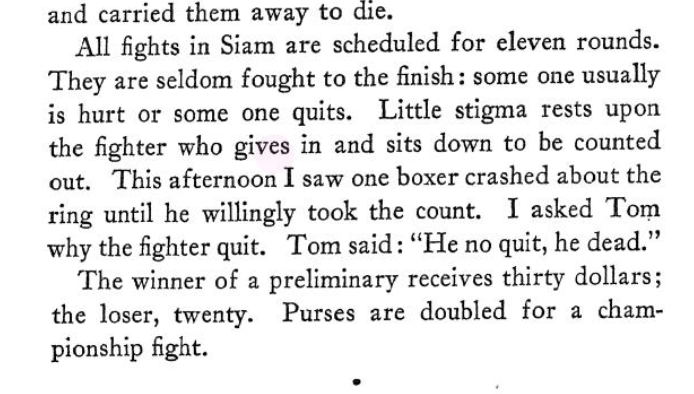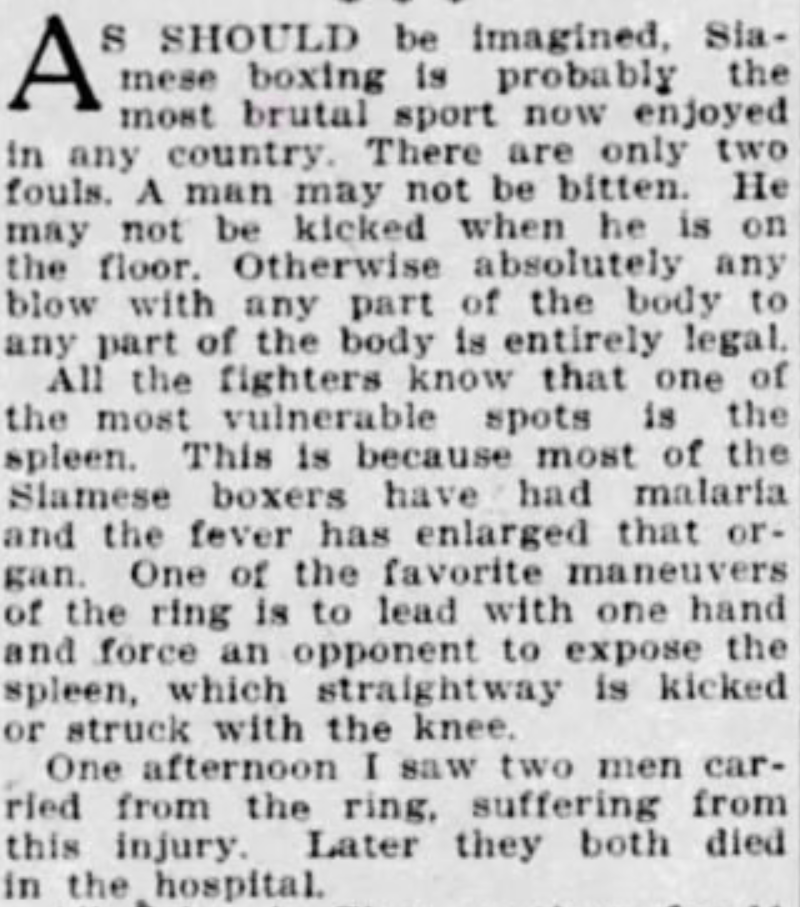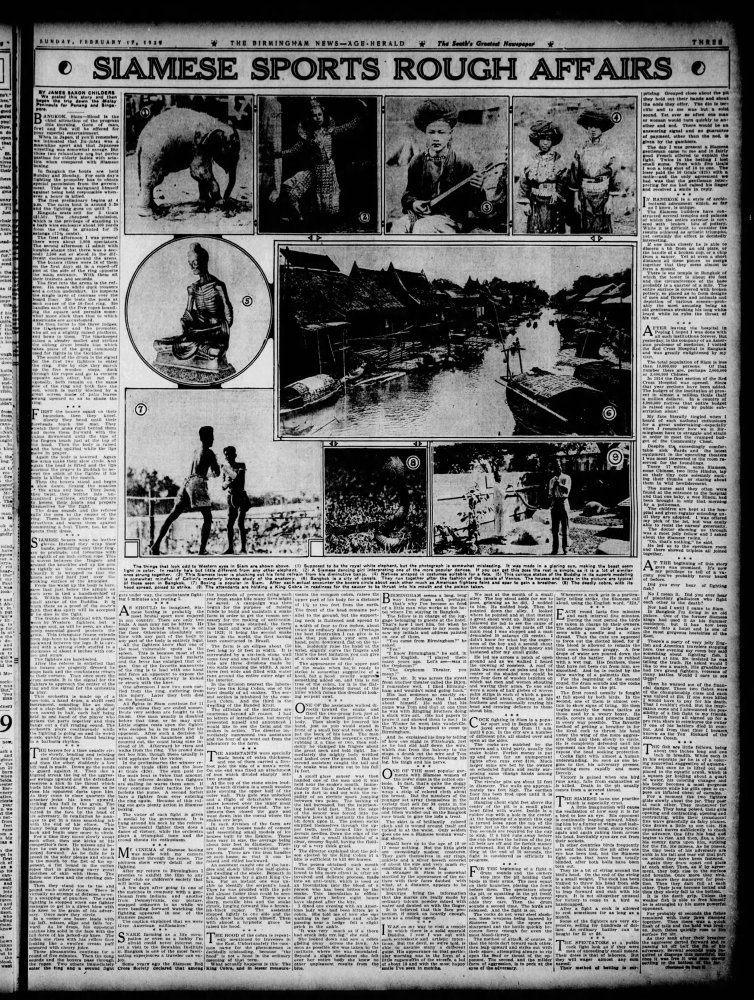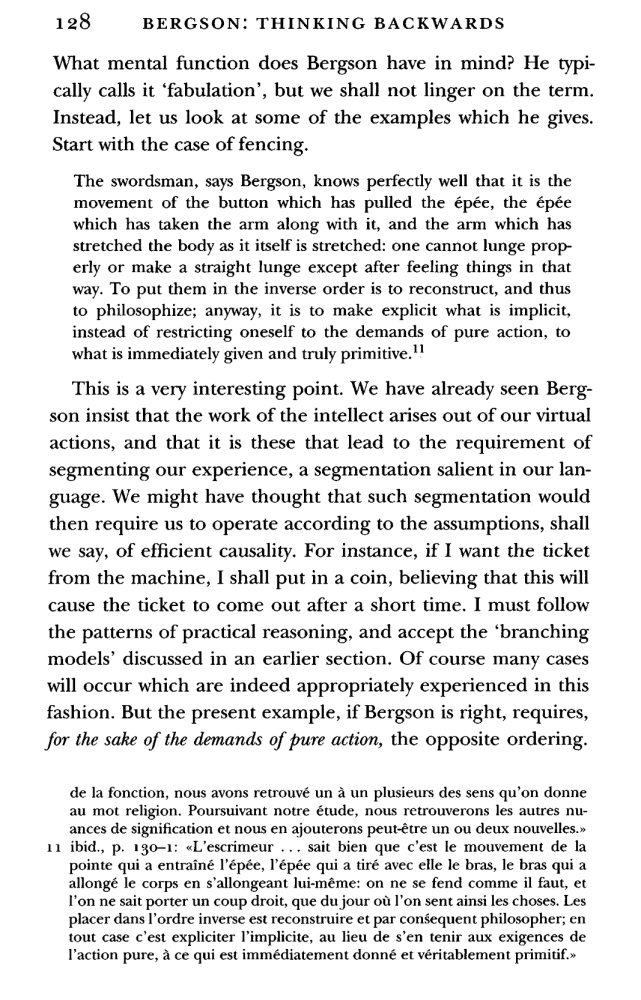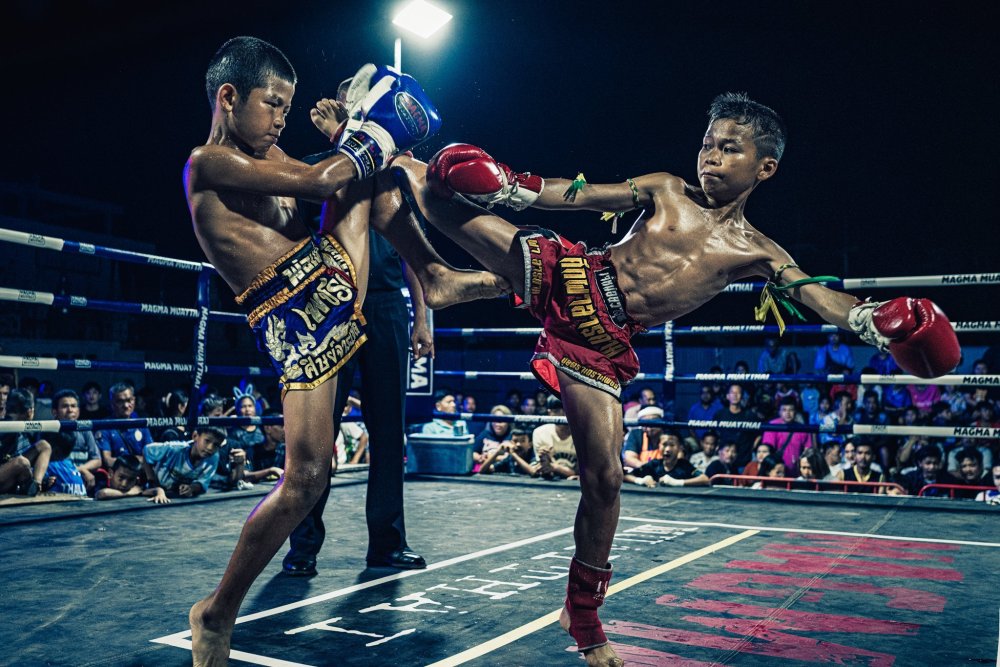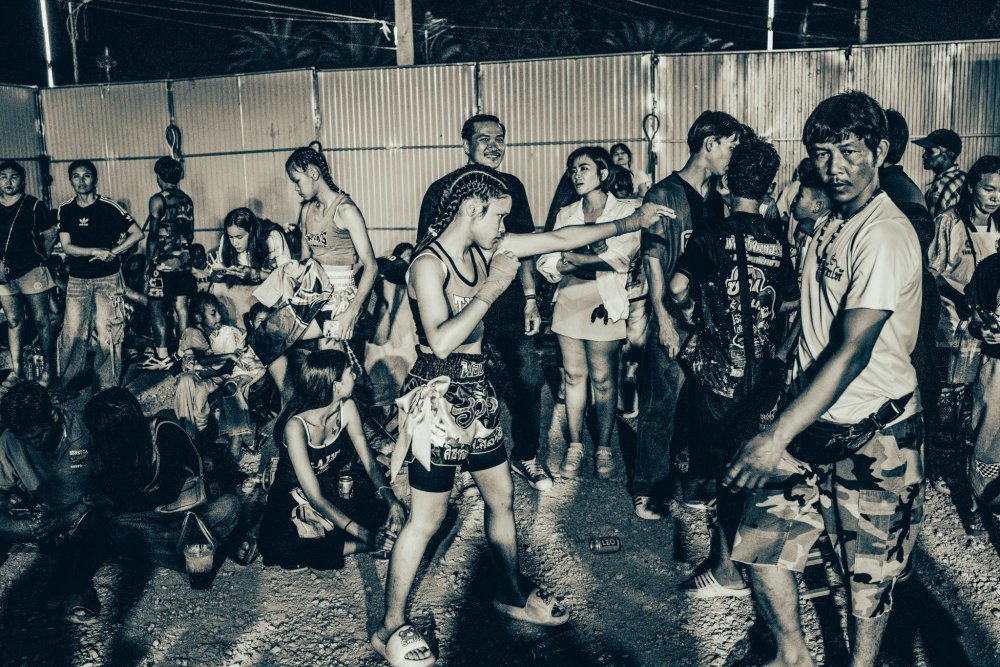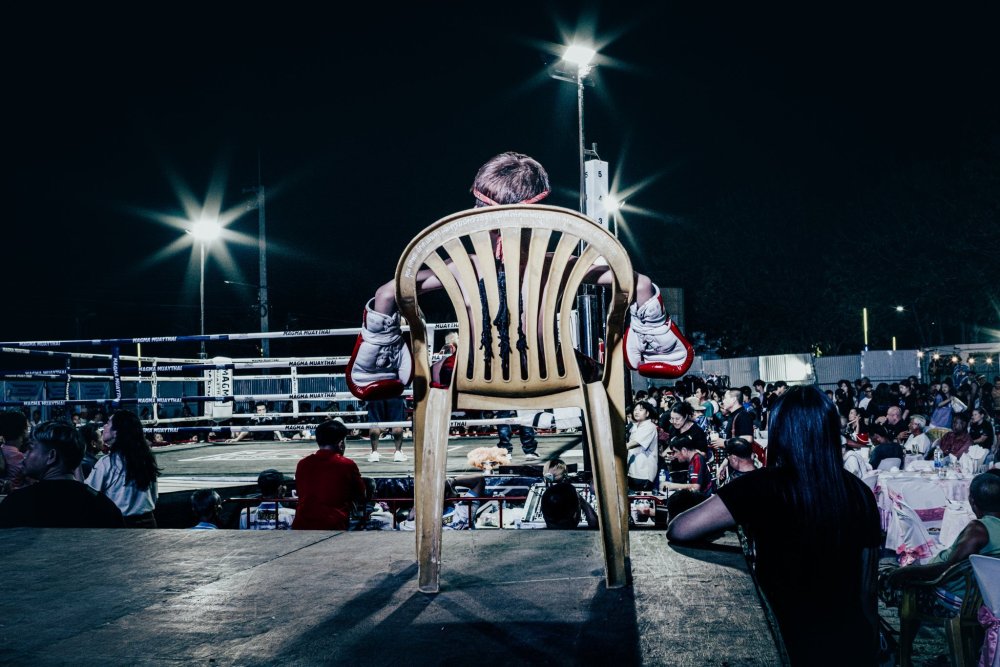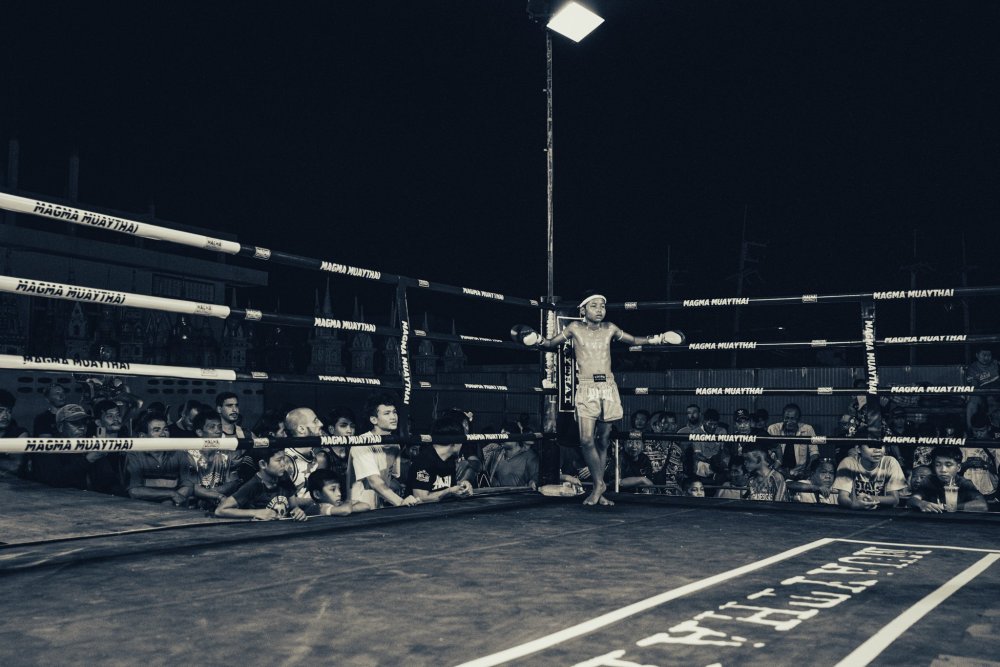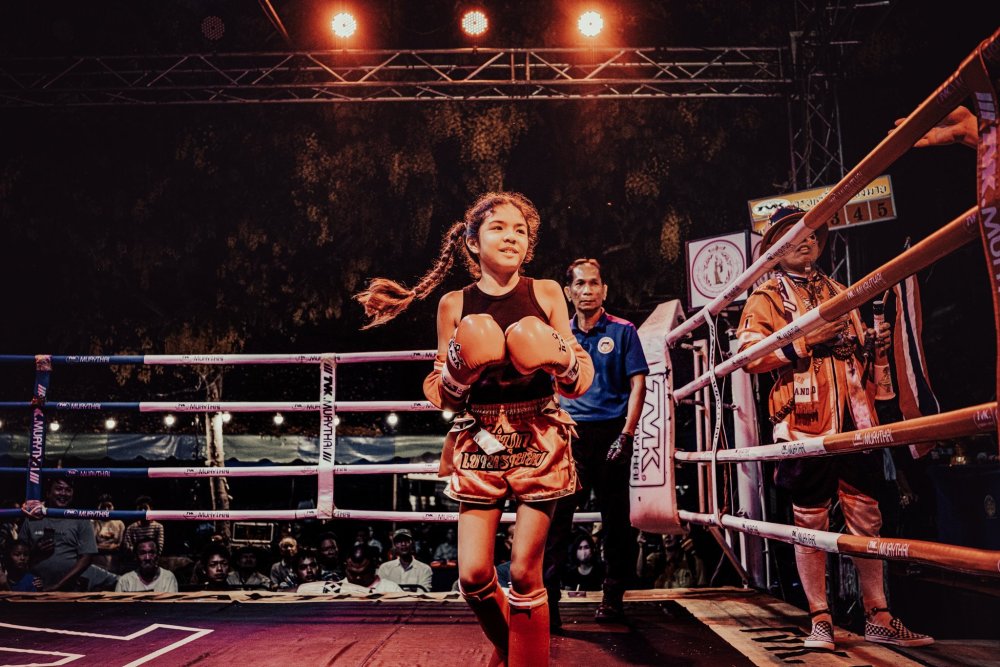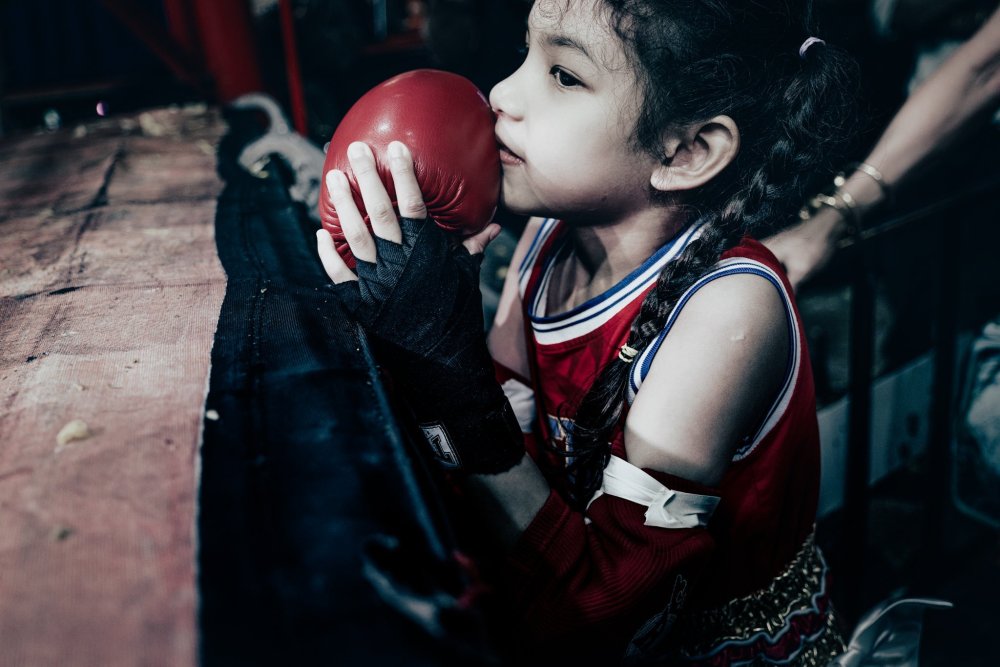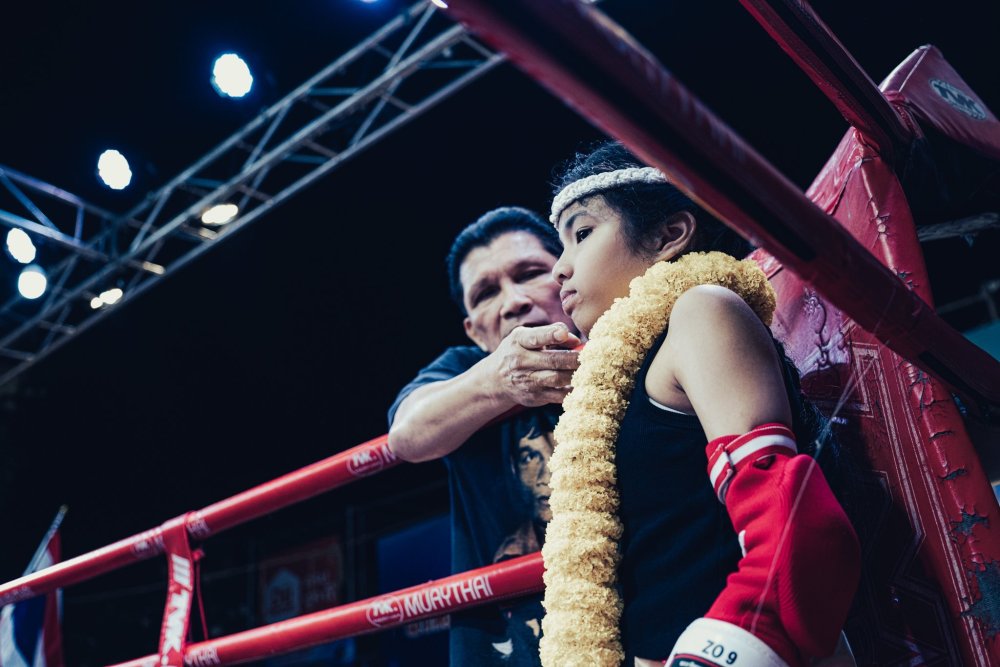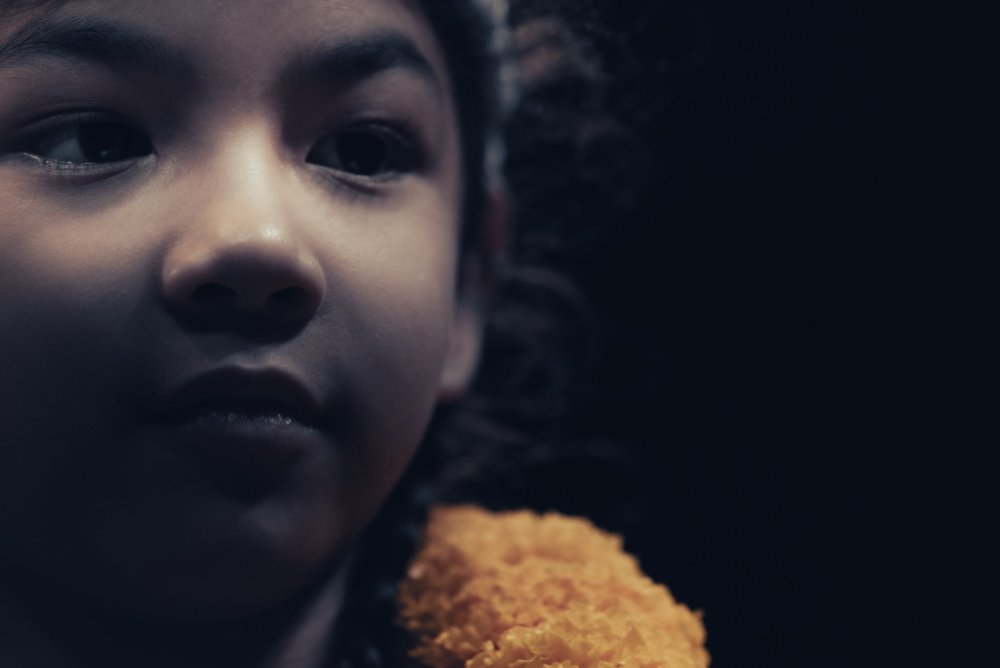All Activity
- Today
-
Simpliaxissolutions changed their profile photo
-
Simpliaxissolutions joined the community
-
Alokik Astro joined the community
-
zopinightsZopi Nights joined the community
- Yesterday
-
drakeo joined the community
-
small note, it is interesting to see a 1930s account of an hour of shadowboxing: It reminds me of Yodkhunpon's account of building his Muay Thai out of countless hours of shadowboxing, due to his lack of equipment or even explicit training in his rural village. The tale of endless shadowboxing goes back 100 years.
-
Not sure if Childers book (1932) is far more romantic and florid than his Newspaper report (1929), but there is some contradiction in descriptions of fighters who "quit" (just acknowledge the opponent superior). The newspaper article: The book: the book then recounts the Newspaper report that there is no stigma in quitting...but then immediately reverses the moment of quitting, into death. This is one of the problems with Western reports at the time (and even fight footage), they have a kind of compulsion toward the florid because they want to report their experiences as incredibly exotic, like nothing a "civilized" man would ever see. And...they just indeed experience everything as quite exaggerated, as they were in very alien environments and everything as disorienting. This author seems to portray death as fairly common in the Kard Chuek ring, and it may have been (but he struggles to make coherent sense of the fighter who just sits down without stigma)...but by report King Rama 7 in 1928 banned glove-less fighting in response to a death in a fight at the city pillar, which seems like an unlikely reason if deaths were quite common...though speculating perhaps it was a "civilizing" moment, that particular death, depending on particular reactions from Western visitors? In his newspaper article Childers claims to have watched two fighters suffer spleen injuries who later died in the hospital, in his book he seems to have turned one of these into a death that he watched happen in the ring, of a boy in his "first fight" (this seems quite dubious), a boy who he watched train, who wanted to come to America. The propensity for embellishment (if not outright fabrication) seems strong with this writer.
-
As noted in private communication, this newspaper account seems like it captured one of the last fights in the Kard Chuek era in Bangkok: It is interesting that the Childers newspaper article (1929) captures the time right went all glove-less fighting was reportedly banned by Rama 7 (1928) in Bangkok. The fight (possibly from 1928) was gloveless. He may have been reporting on one of the last gloveless fights of Bangkok (or, the decree was very unevenly enforced (more likely). https://8limbsus.com/blog/modernization-muay-thai-timeline
-
This is a very interesting small section which may help explain a very fundamental difference between Thailand's Muay Thai and many other combat sports. Westerners in particular who favor hand-strikes have a hard time understanding Thailand's orientation to the body, especially the high scoring of knees and kicks to the body. This in part can be explained by a Siamese/Thai sense of the body which places the "self" in the torso, something many ancient cultures have and which we retain in thoughts like "he had 'guts'" or a "gut feeling". It seems that indeed the center of the person in Thai culture, his or her life-force is seen in the torso, and not in the "face" or "head", just as a matter of body mapping. But, here the wide-spread presence of malaria and the enlargement of the spleen (and liver) from malaria would even further explain the development of a kicking and kneeing fighting art, as these organs would be even more vulnerable...even by Childers account, life-threatening (never knowing if reports get exaggerated for foreign interests). The two aspects, the traditional centering of the life force in the torso AND the vulnerability of the spleen and liver may actually go hand in hand, one imagines. This is a very cool observation. From material facts, even the effects of disease, an entire sophistication of attacks by knees and kicks may have developed, one not reducible to those specific vulnerabilities, as the aesthetic and the skills developed along their own paths. Notably, being able to control and protect the center of the body indeed likely unlocks many aspects of the spatial control of opponents, regardless of the vulnerability of specific organs. Malaria may have actually attenuated awareness which lead to high-order understanding of fighting itself. Malaria may have been in Southeast Asia for 1,000s of years.
-
I am researching and writing an action oriented screenplay set aboard a three-island tramp steamer anchored off the unnamed coast of a country modelled after Cambodia (originally set in 1953, but as I’m developing it, transforming it more into a fable with a non-specific time period, so at a time between 1920 and 1953). Two of the crew members on board are the Thanikul brothers, Siamese twins, but bodily-fused only metaphorically. They are Siamese Boxers who box against each other in a make-shift boxing ring on the ship’s closed cargo hatch. I’d love to know of any sources (books or articles) in English recounting the history of Muay Thai or Muay Boran from the period between 1920 and 1953. Have any Thai sources about Muay Boran from that period been translated into English? Any writers’ names I should know of that period who wrote about this martial art? I just want to get a feel for the attitudes of the people of this period about Siamese Boxing, both the colonialists and the locals. I remember seeing a live Muay Thai match in Bangkok at a small outside ring, somewhere in Bangkok in 1996, as a tourist when I was living in Japan in the late ’90s. Can’t remember exactly where that was. Thank you in advance for any information you could provide! Cheers, - Jeff
-
The 1929 newspaper article was written by American travelogue author James Saxon Childers who went on to write and publish the book "From Siam to Suez" in 1932, detailing his adventures in Thailand and some his time spent watching Siamese boxing bouts. The book is in the public domain and available to view and for free download from the Internet Archive, here: https://archive.org/details/fromsiamtosuez010141mbp His accounts of Siamese boxing begin in Chapter IV, starting on page 22. And again in Chapter VI, starting on page 31. In the Birmingham News newspaper article, he mentions that 2500 spectators sat or stood in the different enclosures around the Bangkok arena. Any idea where it would have been located?
-
The 1929 newspaper article was written by American travelogue author James Saxon Childers who went on to write and publish the book "From Siam to Suez" in 1932, detailing his adventures in Thailand and some his time spent watching Siamese boxing bouts. The book is in the public domain and available to view and for free download from the Internet Archive, here: https://archive.org/details/fromsiamtosuez010141mbp
-
Robbertleo joined the community
-
tradeflockus joined the community
- Last week
-
jeffkantoku joined the community
-
Molly Carver joined the community
-
club99gamesmy joined the community
-
lena joined the community
- Earlier
-
Really enjoyed the Mongkutpetch slow rolling control and domination of the Payahong Raja belt fight. Especially in the first 3 rounds it was methodical, and her size, knee threats and the joining of the hands in the clinch just gradually swallowed Payahong up. Payahong was never really a plus clinch fighter, her strength is timing and kicking, and composure, so one that space was consistently invaded there was little she could do to change the tide. It was great how unrushed Mongkutpetch was.
-
Think of the highest level of Muay Thai fighting 30 years ago, in the Golden Age, in terms of Dynamic Range, as its applied to photography or sound recording. Fighters were able to perform skillfully at an intense range of distances. It wasn't just a matter of styles, it was that every distance was within the spectrum of competence or even excellence. With the advent of Entertainment Muay Thai, as Thailand seeks to fashion its sport towards the less skillful foreigner, the real aim is to reduce the dynamic range of fighting to only "the pocket" as much as possible, to generate clashes, because that's where memorized combinations favored by Western and other nationalities are the most effective, and that is where large bodied fighters will win exchanges. The entire spectrum, the Dynamic Range of fighting is to be shrunk. And the ranges were Thais especially held court, too-far (counter kicking defense) and too-close (clinch dominance) have been clipped out.
-
Ella12 changed their profile photo
-
babu88 changed their profile photo
-
Some beautiful examples from the Contax 645, from Rambaa's festival card this week, where you can feel both the space AND the details, more than I even intuited. This to my eye is very close to a "natural" view, with just a little artifice to give it that oneiric feeling, which is related to my larger Noir sensibilities.
-
Muay Khao for short fighters
dtrick924 replied to giri's topic in Muay Thai Technique, Training and Fighting Questions
I'm not sure which video you watched but Sylvie has a whole clinch playlist Hop In Clinch Entry Getting in & Staying In Clinch Basics Seminar -

Muay Khao for short fighters
FuckedElbow-Muay replied to giri's topic in Muay Thai Technique, Training and Fighting Questions
Sylvies clinch work is great. The technique i explained is very similar to a basic clinch, i'm sure you will figure it out -
Muay Khao for short fighters
giri replied to giri's topic in Muay Thai Technique, Training and Fighting Questions
I watched Sylvie's clinch video. I think I can relate to what you're saying. I'll practice and see if I can figure how to execute it. -

Muay Khao for short fighters
FuckedElbow-Muay replied to giri's topic in Muay Thai Technique, Training and Fighting Questions
No worries! If you are unsure of the hand positioning in the clinch with this move, i can try to find some or maybe take a picture of it, it is a bit difficult to explain and understand movement correctly through text. -
Muay Khao for short fighters
giri replied to giri's topic in Muay Thai Technique, Training and Fighting Questions
Thank you. Let me study in detail. -

Muay Khao for short fighters
FuckedElbow-Muay replied to giri's topic in Muay Thai Technique, Training and Fighting Questions
I'm not sure about Sylvies approach to this, and can't really relate since i ain't that short, but i might have a small tip on closing the distance relatively safely in order to use knees.. It might be a bit clumsy to explain this in text, but i'll try. Try to push your opponent away with a teep, then follow up with a jab, you don't have to hit them with the jab, this is mainly to measure distance and maybe make them shell up a bit, then close the distance with a knee feint with your left knee, use the movement as you put your left foot on the ground again, step to the right of your opponent and try to grab them. Left hand upside down behind their neck, right arm on the outside of their bicep, use your strength to push their head downwards as you would in a normal clinch. If you do this fast enough, you will have very good controll of their body and they are in a pretty vulnerable position to take left knees in the stomach. When they try to push you away, you are also in a pretty good position to follow of with a sweep with your right leg as they step back, you will have maybe a second or so to do this as they gain their composure again, and you are still in the dominant position. I don't know how much you will understand of this as it is in text, but this has worked pretty good for me against taller opponents. But it is of course not withouts it's risks, every move is possible to counter. You might want to try this in a shadowbox routine before you apply it to sparring. -
We were up in Khorat last night, 9 hours of driving round trip, just to see two quick fights (maybe 20 minutes), and it was totally worth it. After watching Rambaa's festival fight card the night before. #muayThai There was something about spending the hours standing in the crowds til 11 pm in Pattaya, to watch the temple fights, and then the next day to drive out to Khorat to see these little daughters fight, the overall keeping of the flame of the birth of Muay Thai, attending to that, that filled us with meaning. It's like you are watching Muay Thai's heartbeat, when you watch the Muay that isn't made for export, and you see it living and breathing in families, in heritage...in this case from Khaosai Galaxy (famed as a boxer) now in his 60s, now in his little daughters.
-
how to use head movement in Muay Thai: https://x.com/Egokind1/status/1906268431315280261 The highlight brings in general the thought that everyone has gotten spam-the-elbows happy in Thailand. This has happened quickly, and you could pretty much see the change start in real time because of COVID, beginning when they briefly banned clinch in paranoia (and with Entertainment Muay Thai). It feels like the Yodkhunpon template (which itself as an extreme outlier, and not well-esteemed in its time) got oversimplified. A lot of Muay Thai is just becoming Muay Elbow. As defense significantly erodes in Muay Thai though, the elbow is becoming a more and more effective go-to. It becomes chicken and egg. More elbows, less defense, the less defense, the more elbows are effective. The elbow may become the iconic cliche strike of Muay Thai, when at its height Muay Thai rather rarely featured elbows. They were seen as both "low" and largely ineffective.
-
What people don't really appreciate is that Nabil says he trained 13 months for this fight...and Superlek probably trained for two weeks. Good on Nabil, but the fight (and the promotion) just doesn't "mean" the same thing to each fighter, as much as there is enormous social media hype around these kinds of matchups. It's "entertainment" Muay Thai. In many ways it just isn't "real" for Thais (it lacks the social risks that gambled stadium fighting has). Fighting in the stadiums when Superlek was 18...that was REAL, because the social conditions of shame and pride and the cultural network of status struggle was infinitely at risk. One can't force it to be real.
-
I've been exploring ultrawides for a while, though basically drawn to them since I started shooting Muay Thai though I didn't know how to use them. There was always the sense that I wanted to weave together very different focal lengths. Since shooting with the Contax which I really love, on a bigger sensor format I've been drawn further in. So here is an experiment, using keyframes, big contrast video and telephoto images, to capture the mood and energy of a training session with Chatchai. This is was just a sketch from a single very quick shoot (I think 3 very short videos, maybe 100 still frames shot), maybe 5 minutes of photography altogether. I wanted it to be very bare bones to see if I could whip up an energy and feeling that I could maybe use on a larger project. The short is much aided by the music by Anand who I'm working with on a big, experimental writing project. wh
Footer title
This content can be configured within your theme settings in your ACP. You can add any HTML including images, paragraphs and lists.
Footer title
This content can be configured within your theme settings in your ACP. You can add any HTML including images, paragraphs and lists.
Footer title
This content can be configured within your theme settings in your ACP. You can add any HTML including images, paragraphs and lists.
.thumb.jpg.57fed8622ca16a6926960d557e8307ae.jpg)

